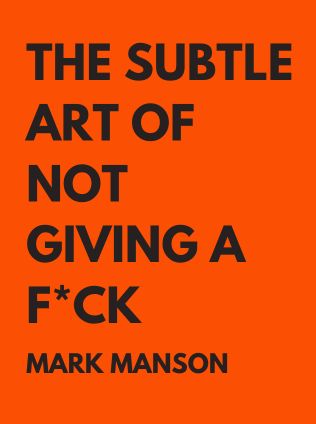
Invisible Women
Data Bias in a World Designed for Men
By Caroline Criado Perez
Published 03/2019
About the Author
Caroline Criado Perez is a renowned British feminist, activist, and writer. She is best known for her work advocating for women's rights and her efforts to combat gender inequality. Perez's activism has had a profound impact on society, leading to significant changes, including the inclusion of women on British banknotes and the installation of a statue of Millicent Fawcett in Parliament Square. Her writing is characterized by a rigorous examination of gender bias and a powerful call to action for systemic change.
Born in Brazil and raised in Britain, Perez studied English at Oxford University before becoming involved in feminist activism. Her personal experiences with sexism and her frustration with the lack of representation of women in public life fueled her passion for gender equality. Perez's work is rooted in a deep understanding of the structural inequalities that women face and a determination to bring these issues to light.
Her book, Invisible Women: Exposing Data Bias in a World Designed for Men, published in 2019, has been widely acclaimed for its meticulous research and compelling arguments. It won the Royal Society Science Book Prize and was named the Financial Times and McKinsey Business Book of the Year. The book has sparked important conversations about the ways in which data bias affects women and has inspired many to advocate for more inclusive practices in data collection and analysis.
Main Idea
Invisible Women explores the pervasive gender data gap that exists in our world and its devastating effects on women's lives. Perez argues that the world is largely designed for men, with women being treated as an afterthought. This male-as-default mindset, she contends, leads to a lack of data on women's experiences and needs, which in turn results in products, policies, and systems that fail to adequately support or protect women.
Perez highlights how this gender data gap manifests in various areas, including healthcare, transportation, workplace policies, and disaster response. She meticulously documents the consequences of this bias, showing how it leads to poorer health outcomes for women, limits their economic opportunities, and endangers their safety. Through a combination of rigorous research and powerful storytelling, Perez makes a compelling case for the urgent need to address this data bias and to design a world that truly includes and serves everyone.
Table of Contents
- Introduction: The Invisible Woman
- The Daily Grind: Gender Bias in Everyday Life
- On the Job: How Workplaces Fail Women
- Public Life: The Gender Data Gap in Government and Infrastructure
- Designing the World for Men: How Products Harm Women
- When the Disaster Strikes: Women and Emergency Response
- Conclusion: Closing the Gender Data Gap
Introduction: The Invisible Woman
The book begins with a powerful introduction that sets the stage for the arguments that follow. Perez discusses the concept of the "invisible woman," a figure who is consistently overlooked in data, in research, and in the design of systems and products. She argues that women have been historically excluded from the data that shapes our world, leading to a society that is fundamentally biased against them.
One of the key points Perez makes is that this exclusion is not always deliberate. Rather, it is often the result of a male-as-default mindset, where the male experience is assumed to be universal. This mindset is so deeply ingrained that it is often invisible, even to those who perpetuate it. Perez writes,
"The gender data gap is both a cause and a consequence of the type of unthinking that conceives of humanity as almost exclusively male." — Caroline Criado Perez
She explains that this bias affects every aspect of women's lives, from the safety of the cars they drive to the effectiveness of the medicines they take. By failing to collect data on women, society fails to meet their needs, often with disastrous consequences.
The Daily Grind: Gender Bias in Everyday Life
In the first major section of the book, Perez examines how gender bias permeates everyday life. She delves into the ways that public spaces, transportation systems, and even household products are designed with men in mind, often to the detriment of women.
Sign up for FREE and get access to 1,400+ books summaries.
You May Also Like
The Subtle Art of Not Giving a F*ck
A Counterintuitive Approach to Living a Good Life
By Mark MansonHow To Win Friends and Influence People
The All-Time Classic Manual Of People Skills
By Dale CarnegieFreakonomics
A Rogue Economist Explores the Hidden Side of Everything
By Steven D. Levitt and Stephen J. Dubner



















